
Australian Humpback Dolphin Dolphin Research
Feeding. Definition: Dolphins are actively pursuing prey and feeding (often confirmed by visual observation of fish or prey item). Usually associated with deep diving (fluke-up dives), fast swims or porpoising, frequent changes in travel direction and inconsistent inter-breath intervals. Group may be in a circular formation, spread over a wide.
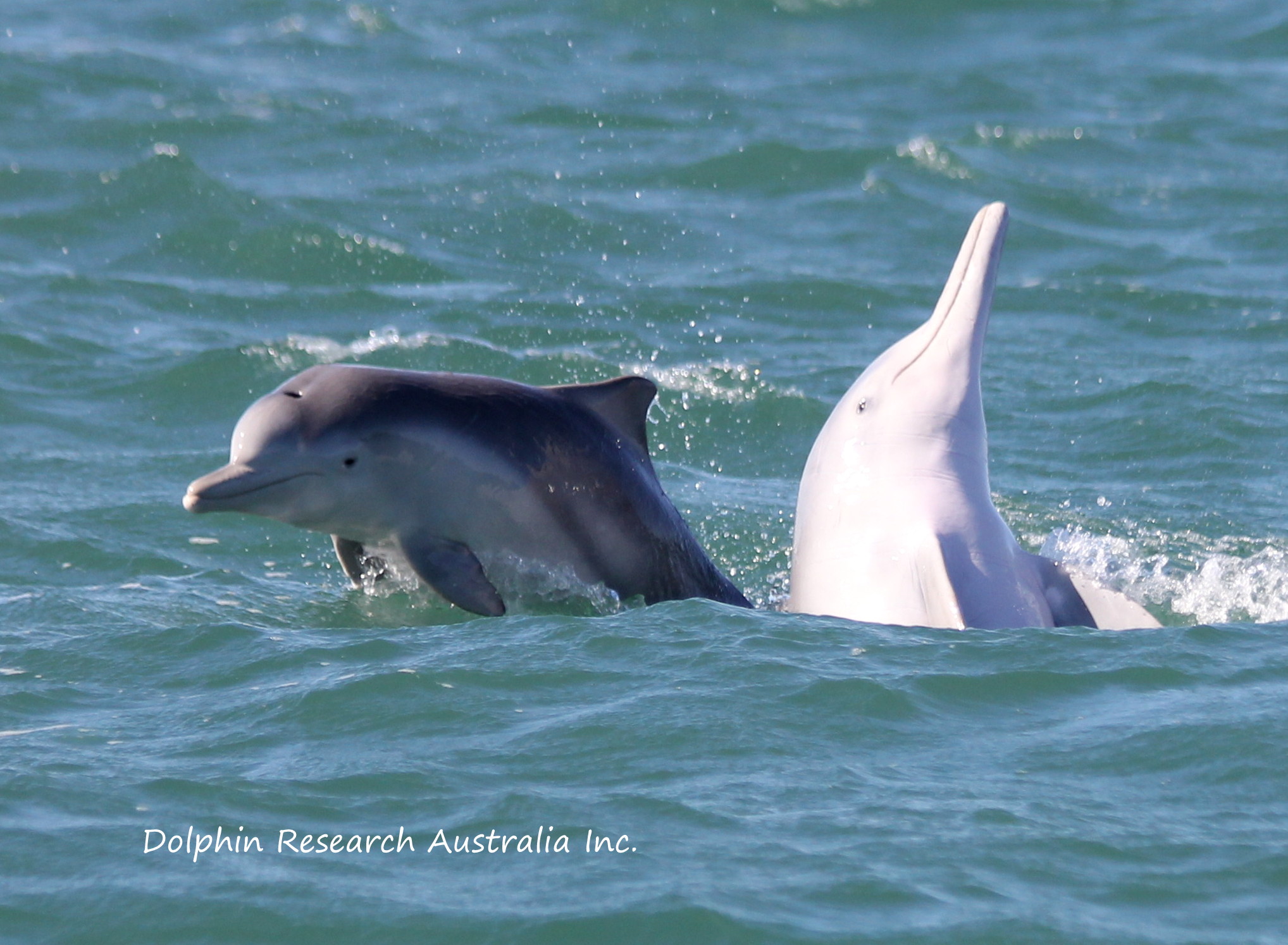
Moreton Bay Dolphin Project Dolphin Research Australia Inc.
The Australian humpback dolphin (Sousa sahulensis) is a species of humpback dolphin and the fourth recognized humpback dolphin species chronologically. The specific name sahulensis is derived from the Sahul Shelf, located between northern Australia and southern New Guinea, where the Australian humpback dolphins occur.. The species was scientifically described on 31 July 2014 in the journal.

Australian Humpback Dolphin Discovery of Sound in the Sea
How fast can an Australian humpback dolphin swim? Australian Humpback dolphins move at a cruising speed of 4.6 mph (7.4 kph) and at a top speed of 12.6 mph (20.3 kph) How much does an Australian humpback dolphin weigh? The Australian humpback dolphin weighs almost 507.1-551.1 lb (230-250 kg). What are the male and female names of the species?

Australian Humpback Dolphin ZooChat
australian humpback dolphin societies Typically found in small populations (~100) within their range and in small groups of around 4-5 individuals. They are very social animals and live in complex fission-fusion societies where the composition of groups can change over time.

New humpback dolphin species discovered off north Australia South
The Australian humpback dolphin (Sousa sahulensis) is a species of humpback dolphin and the fourth recognized humpback dolphin species chronologically. The specific name sahulensis is derived from the Sahul Shelf, located between northern Australia and southern New Guinea, where the Australian humpback dolphins occur.. The species was scientifically described on 31 July 2014 in the journal.

Australian Humpback Dolphin (Sousa sahulensis) ZooChat
Description. The humpback dolphin is a coastal dolphin that can be found along the coast of Africa and India south to Australia, areas differing for separate varieties. The humpback dolphin has a hump ahead of the dorsal fin, as well as a careen on a ventral side. The dorsal fin of the humpback dolphin is to some degree falcate.

Australian Humpback Dolphin ZooChat
General description. In 2014 the Australian humpback dolphin was recognised as a separate species to the Indo-Pacific humpback. As suggested by its name the Australian humpback dolphin has a hump at the base of the dorsal fin, although this is less obvious than the Indo-Pacific dolphin. There is substantial variation in colouration among.
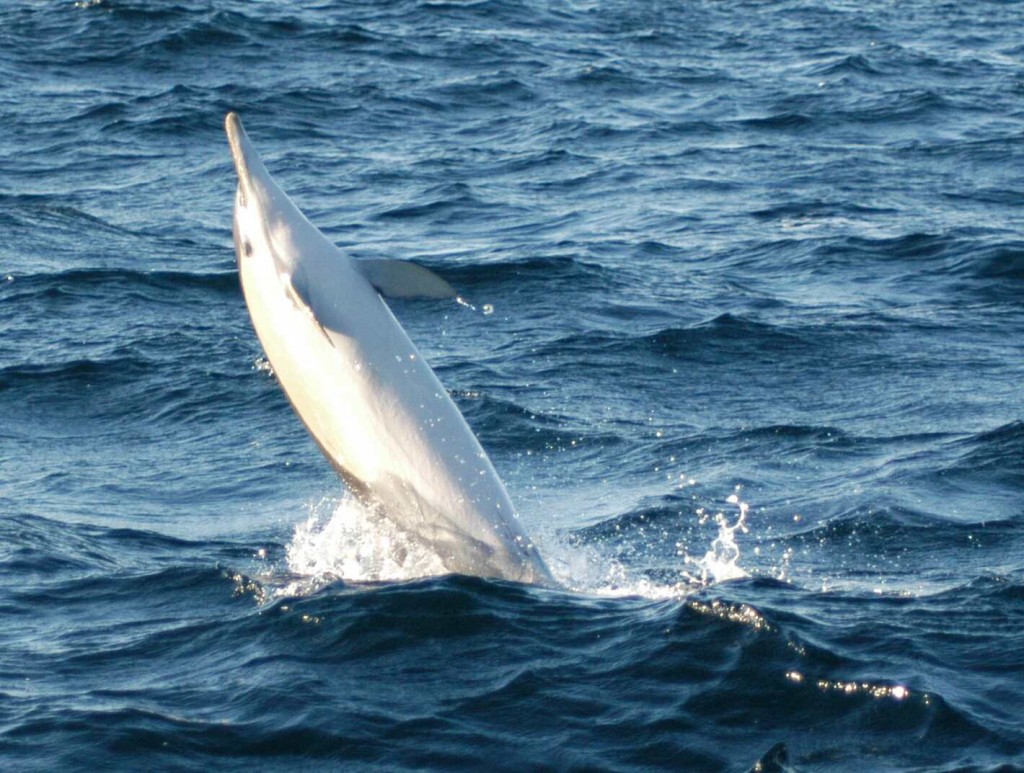
Australian Humpback Dolphin Dolphin Research
The Australian humpback dolphin becomes the fourth recognized humpback dolphin species. The study appears online today in the journal Marine Mammal Science , and will appear in the journal's.

Australian Humpback Dolphin Discovery of Sound in the Sea
Biology and Ecology Feeding. Humpback dolphins seem to be fairly adaptable in their diet, with studies from South Africa, Hong Kong, Australia and Oman revealing a variety of fish species, and sometimes crustaceans, squids, octopus and cuttlefish in the stomachs of by-caught or stranded animals 2-6.Humpback dolphins use a variety of feeding techniques, including partially stranding themselves.
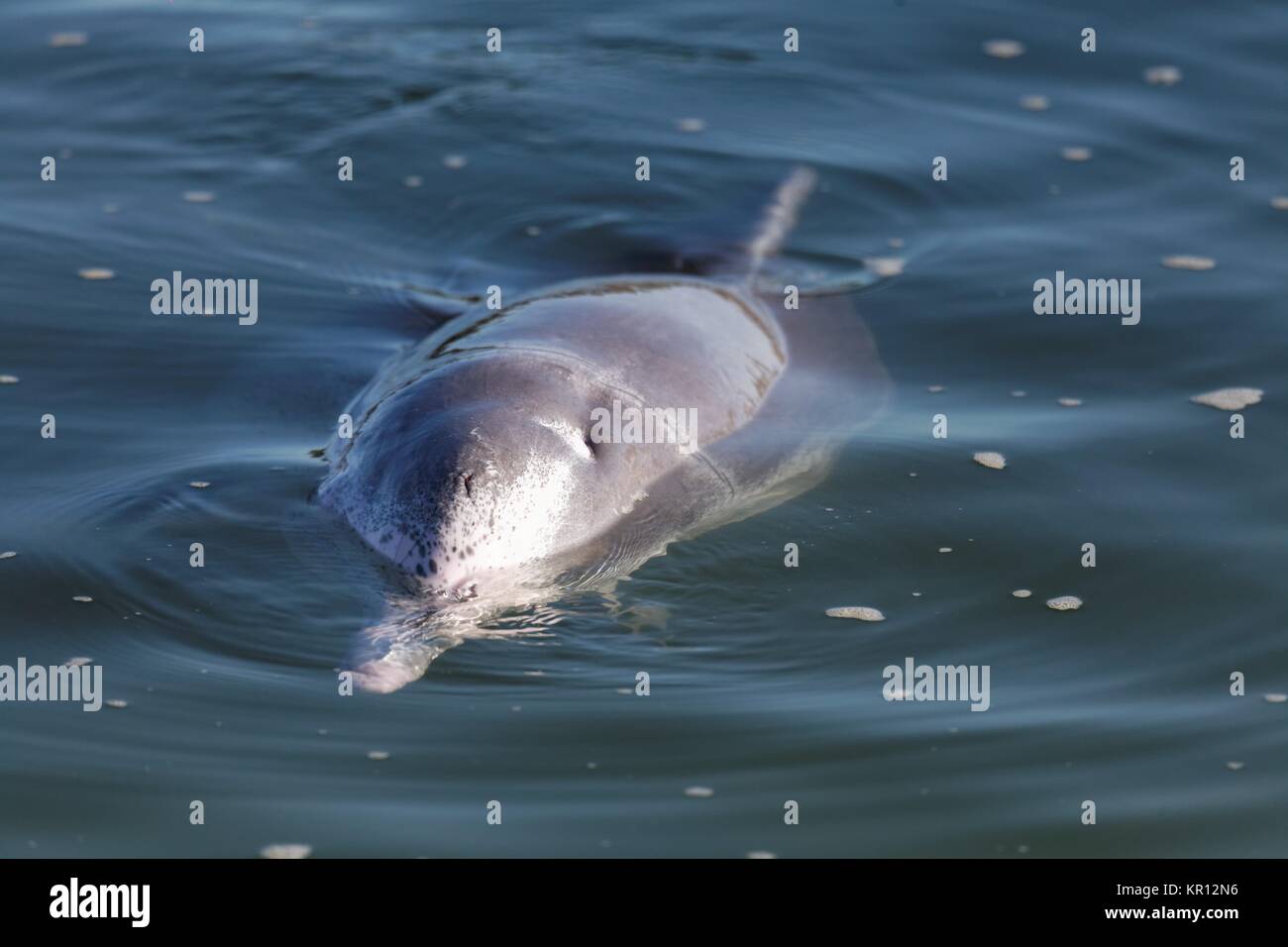
Australian Humpback Dolphin Stock Photo Alamy
Calves are highly. dependent on their mothers for the rst few years of life. Humpback Dolphin Societies • It is thought that humpback dolphins reach maturity between 10-12yrs. Females give birth to a single calf approximately every 2-4 • Typically found in small populations (~100) within their range and in small groups of around 4-5.
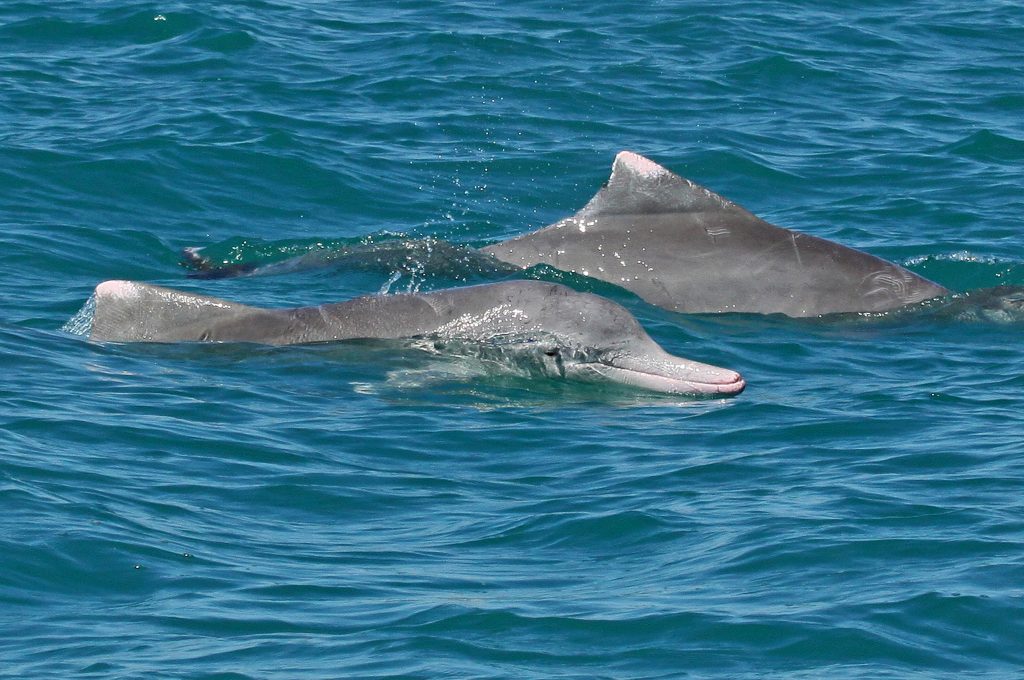
Fact Sheet Australian Humpback Dolphin • Department of Primary
Bottlenose and Australian Humpback Dolphins are abundant in the area, with babies being calved around this time. It is only recently that the Australian Humpback was acknowledged as a separate species, with it's distinctive dark triangular dorsal feature making it easy to differentiate from Bottlenoses. They usually live in pods of up to six.
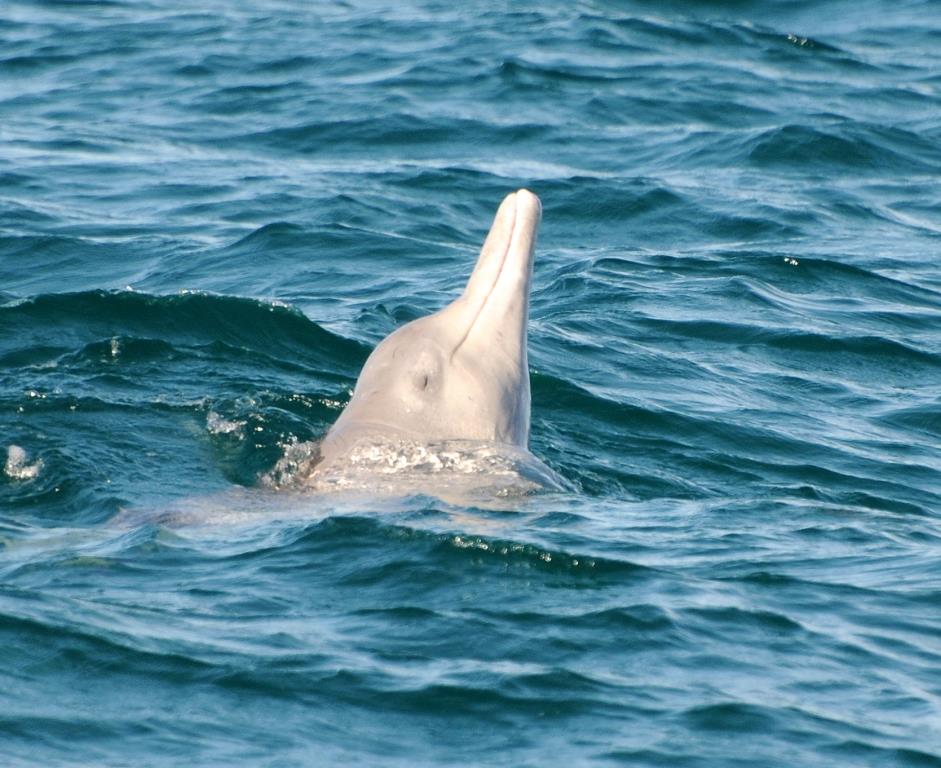
Help to save rare humpback dolphins News
The Australian humpback dolphin (Sousa sahulensis) is a species of humpback dolphin and the fourth recognized humpback dolphin species chronologically.The specific name sahulensis is derived from the Sahul Shelf, located between northern Australia and southern New Guinea, where the Australian humpback dolphins occur.. Show More The species was scientifically described on 31 July 2014 in the.
Humpback dolphins Researchers track vulnerable species in Moreton Bay
Australian humpback dolphins are a recognised value of MPAs in WA, including the NMP 27.In light of increasing anthropogenic activities across their range in WA, a better understanding of their.

Australian Humpback Dolphin Discovery of Sound in the Sea
The Australian humpback dolphin is a species of humpback dolphin and the fourth recognized humpback dolphin species chronologically. The specific name sahulensis is derived from the Sahul Shelf, located between northern Australia and southern New Guinea, where the Australian humpback dolphins occur.

Australia Scientists Discover New Species of Humpback Dolphin [PHOTOS]
Saving the humpback dolphins, a charismatic megafauna and valuable genetic resource, is important to nearshore marine biodiversity ().Yet dolphin populations in poor, developing countries receive little study and management attention ().Even in the territories of relatively wealthy and well-developed nations, such as Australia, China, and South Africa, the state and local governments have.
Rare Australian snubfin and humpback dolphins discovered in Papua New
Male and female Australian Humpback Dolphins grow to a length of between 2.6m and 2.7m reaching physical maturity at around 14 years of age (sexual maturity occurs between the ages of 10 to 13 years). In the wild, these dolphins will live to around 40 years of age. These dolphins have a cruising speed of 4 knots with a top speed of 11 knots.